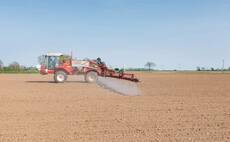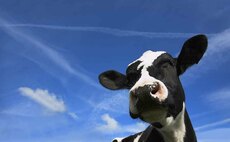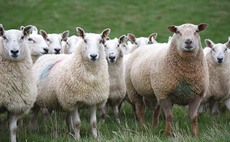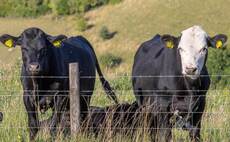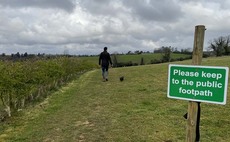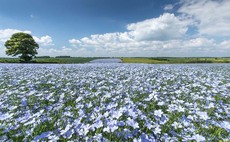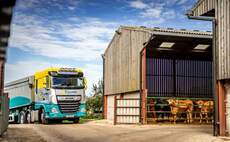Advice
Livestock
Finding the best feeds to match this year’s silage inevitably depends on how your own forage was made. But one thing applicable to every farm is the financial saving to be made by choosing a co-product to complement what you have grown.
Arable
In the last of our series on cultivations, Mike Abram looks at how they can be used to improve control of grass-weed species.
Livestock
The worst thing about brewers grains is when you stop feeding them, according to a Cheshire producer who has used co-products in his milking herd, dry cow and heifer rations for as long as he can remember.
Livestock
Farms are being urged not to overlook the effect of rising temperatures on livestock and to take precautionary measures against heat stress after the Met Office issued its first ever extreme heat warning.
Farm Life
Just over 12 months ago former Secretary of State for Environment, Food and Rural Affairs Owen Paterson lost his wife of 40 years to suicide.
Livestock
Sheep farmers are being urged to incorporate new actives into worming programmes as part of an initiative to support crucial productivity metrics and help slow the rate of anthelmintic resistance.
Livestock
Making herd health planning an active process between vet and farmer rather than a tick box exercise can be rewarding for farmers and vets. Kiera Schubert at Torch Farm Vets, Barnstaple, offers some tips.
A retired lecturer was walking an elderly deaf and blind dog through a field of cattle when they charged and trampled them both, an inquest heard.
Arable
In the second of our Great Cultivation Debate series, Mike Abram explores how cover crops change a rotation’s cultivations.
Livestock
Carefully choosing animal feeds can have a massive impact on a farm’s carbon footprint, according to co-product specialist, Duynie Feed. This will benefit farm finances as well as the environment.

 29 July 2021
•
5 min read
29 July 2021
•
5 min read
